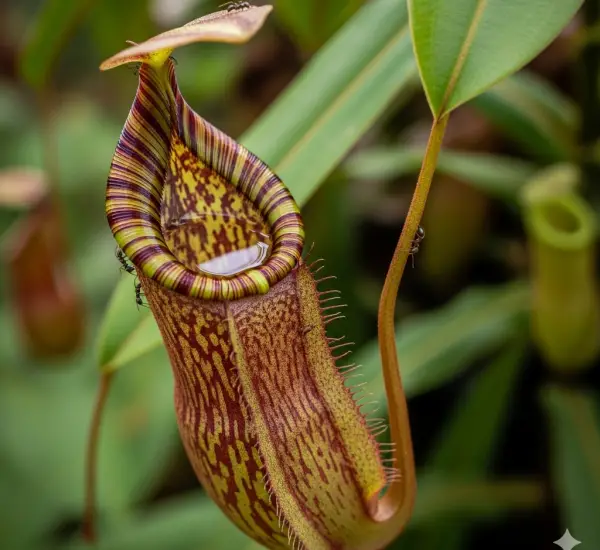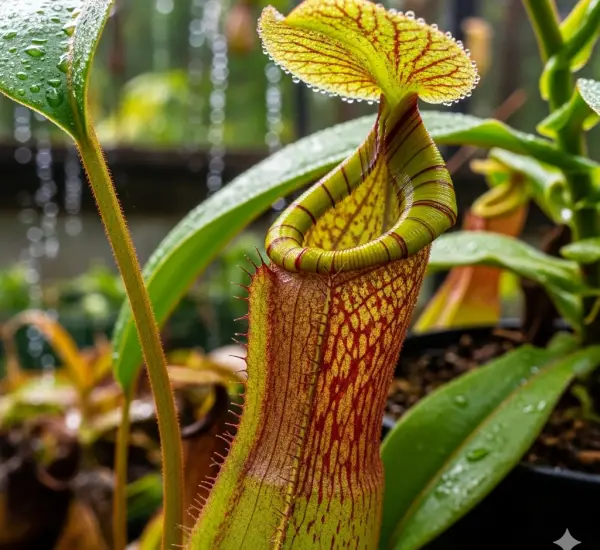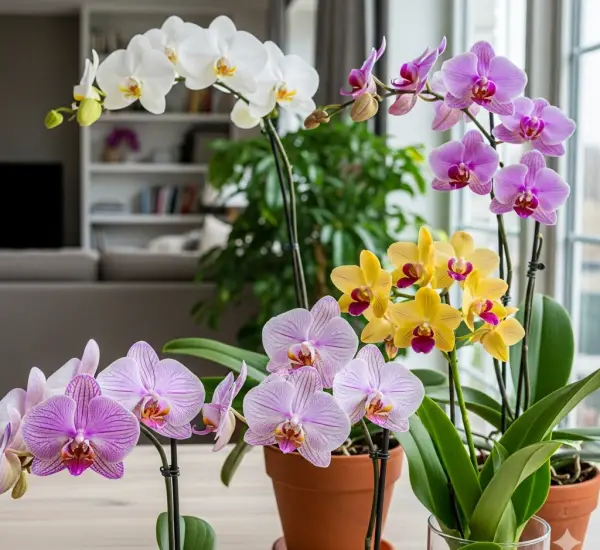The snake plant, also known as Sansevieria or Dracaena trifasciata, is one of the most popular houseplants worldwide. Its tall, sword-like leaves and striking patterns make it a stylish addition to any indoor space. But its beauty isn’t the only reason homeowners and office workers love it—snake plants are also hardy, low-maintenance, and well known for their air-purifying qualities.
While snake plants are famously resilient, the right lighting conditions are key to helping them thrive. Whether you’re aiming for lush, vibrant foliage or steady growth, understanding how much light your snake plant needs can make all the difference.
Snake Plants in Their Natural Habitat
Snake plants are native to tropical and subtropical regions of West Africa, where they grow in dry, rocky conditions with plenty of sunlight. However, they have adapted to survive in a range of light levels, which explains their reputation as one of the most versatile houseplants. Knowing their origins helps us understand their preferences indoors: while they can tolerate low light, they perform best in moderate to bright, indirect light.
The Ideal Light for Snake Plants
For healthy growth, snake plants thrive in bright, indirect light. Placing them near a window where they receive filtered sunlight is ideal. East-facing windows are especially good, as they provide gentle morning light without the harsh intensity of the afternoon sun.
Snake plants can also handle direct sunlight for part of the day, particularly in the morning or late afternoon. However, prolonged exposure to strong midday sun can scorch their leaves, leaving behind dry, brown patches. Using sheer curtains or placing the plant a few feet back from the window can help prevent sun damage while still providing plenty of light.
Can Snake Plants Grow in Low Light?
One of the most appealing qualities of snake plants is their tolerance for low-light environments. They can survive in dim corners, offices with artificial lighting, or spaces far from windows. This makes them a go-to choice for beginners or for rooms where other plants may struggle.
However, while snake plants will survive in low light, they won’t thrive. Growth will be much slower, leaves may appear smaller, and the plant is less likely to produce new shoots. For the most vibrant foliage and steady development, aim to give your snake plant at least moderate light exposure.
Recognizing Light-Related Problems
Snake plants are tough, but they still show signs when their lighting needs aren’t met. Learning to recognize these signals will help you adjust their placement before serious damage occurs.
-
Yellowing leaves: Often caused by too much direct sunlight.
-
Brown or crispy leaf edges: A sign of sunburn from harsh rays.
-
Drooping leaves: Can indicate insufficient light or overwatering.
-
Stunted growth: Common when plants are kept in very dark corners for long periods.
By observing these changes, you can quickly move your snake plant to a more suitable location.
Using Artificial Light for Snake Plants
If your home or office doesn’t receive much natural light, artificial grow lights can help. Snake plants respond well to fluorescent or LED grow lights, which provide the full spectrum of light they need for photosynthesis. Place the plant about 12–24 inches from the light source and keep the lights on for 8–12 hours a day.
Artificial lighting is especially useful during winter, when daylight hours are shorter and natural light may not be enough. With the right setup, your snake plant can continue to grow steadily year-round.
Best Places to Position Snake Plants Indoors
Finding the right spot for your snake plant depends on your space and the light it receives. Here are some suggestions:
-
Living room: Near an east- or west-facing window with filtered sunlight.
-
Bedroom: A few feet from a window, where soft light creates a calming environment.
-
Office: On a desk or shelf with fluorescent or LED lighting.
-
Hallways or corners: Snake plants can handle these lower-light spots but may grow more slowly.
Wherever you place it, rotate your plant every few weeks to ensure even light exposure and balanced growth.
Balancing Light With Other Care Needs
Light is only one part of snake plant care. These plants are also extremely drought-tolerant and prefer to dry out between waterings. Overwatering is one of the most common mistakes with snake plants, so always let the soil dry completely before watering again. Combined with the right lighting, this simple approach ensures your plant remains healthy and vibrant.
Final Thoughts
Snake plants are prized for their toughness, beauty, and adaptability, making them an excellent choice for both beginners and experienced plant lovers. While they can survive in almost any light condition, they thrive in bright, indirect sunlight with occasional exposure to softer direct rays. By understanding their natural preferences and adjusting their placement accordingly, you’ll enjoy a thriving snake plant that brings life, style, and cleaner air to your home or workspace.



